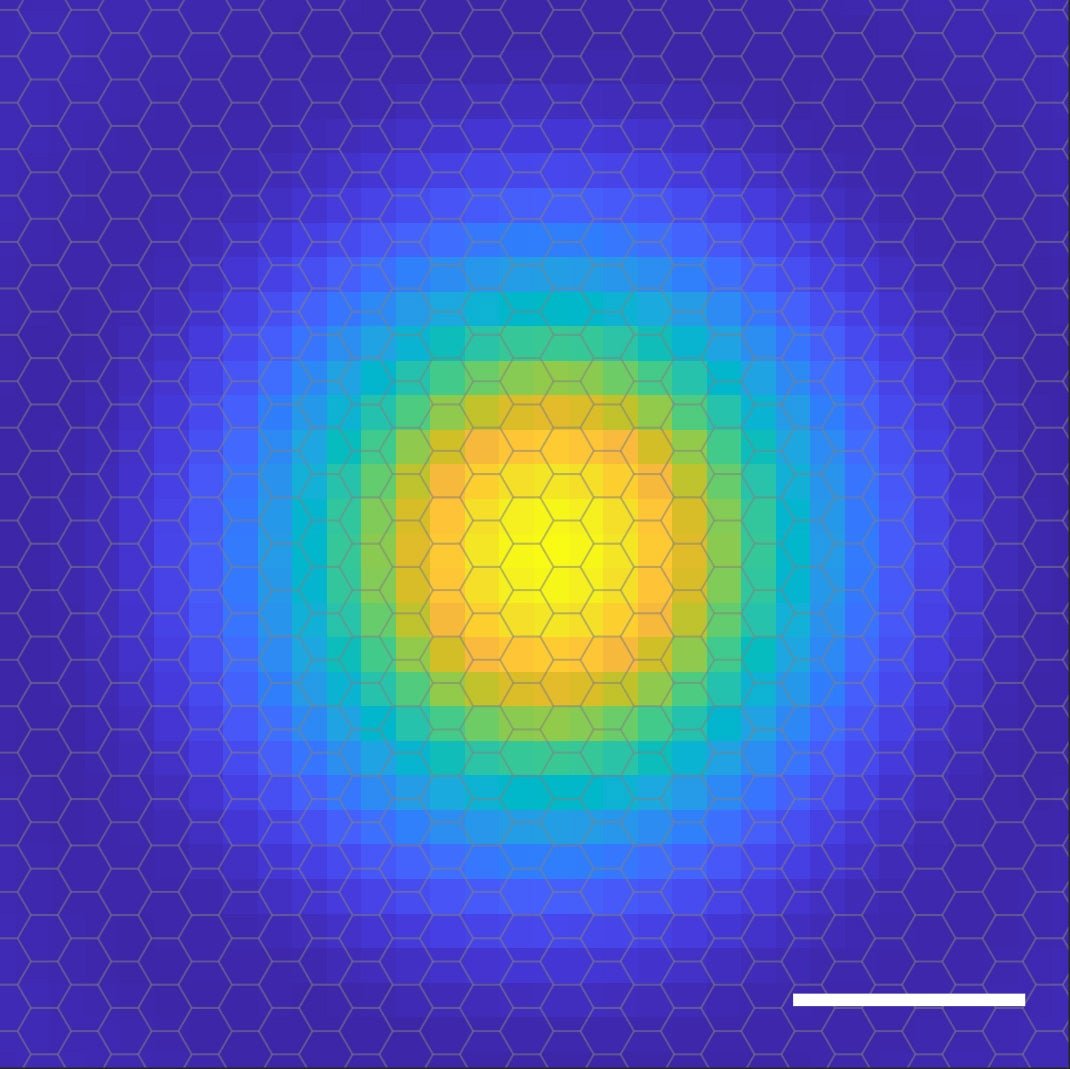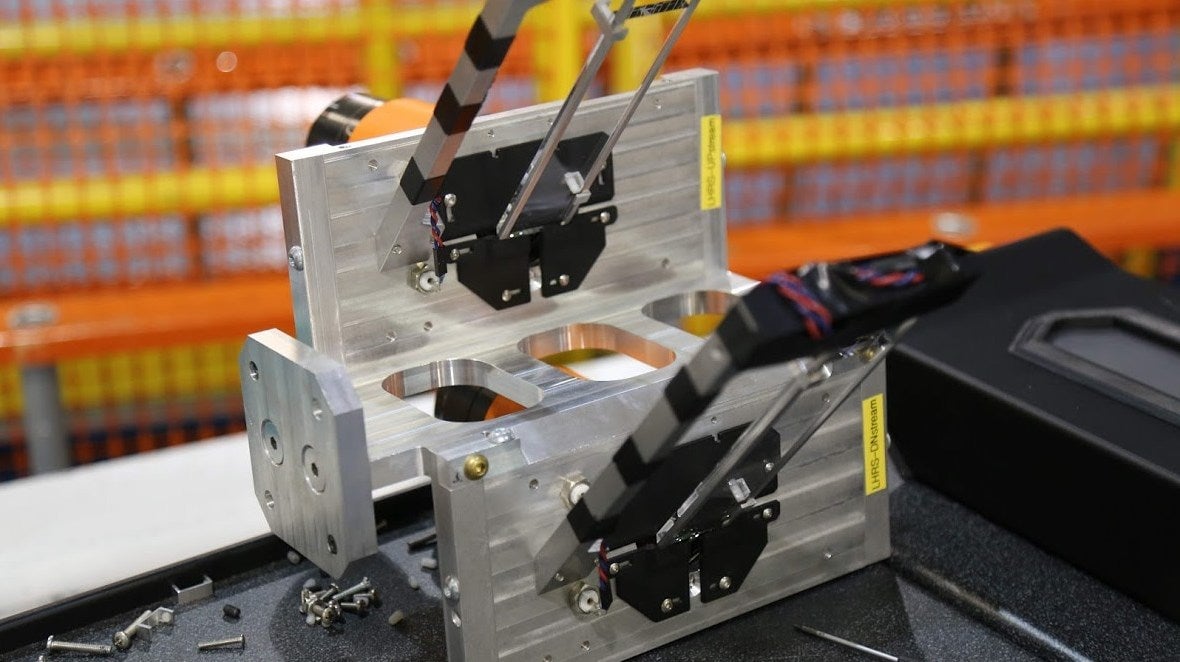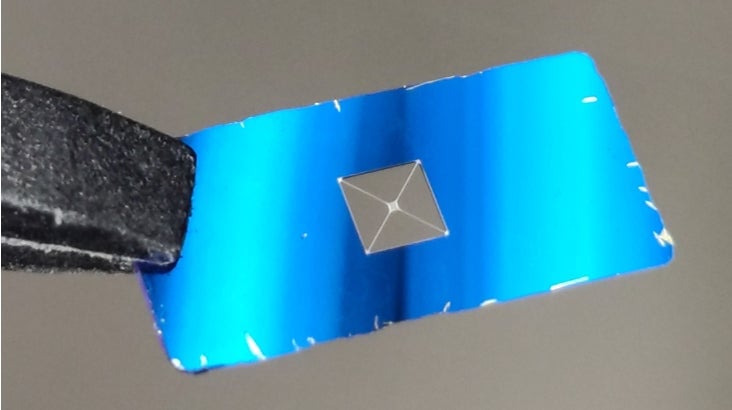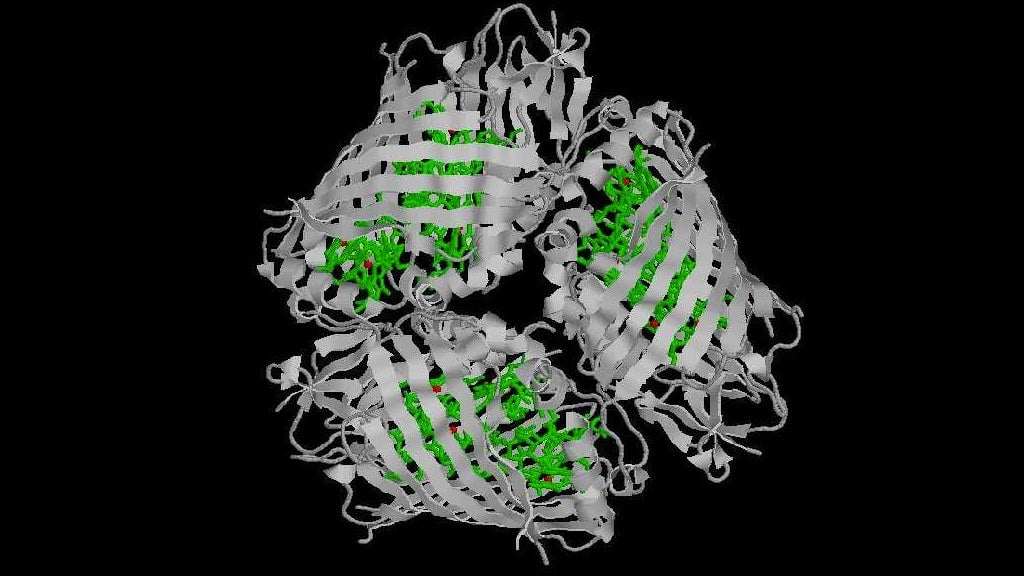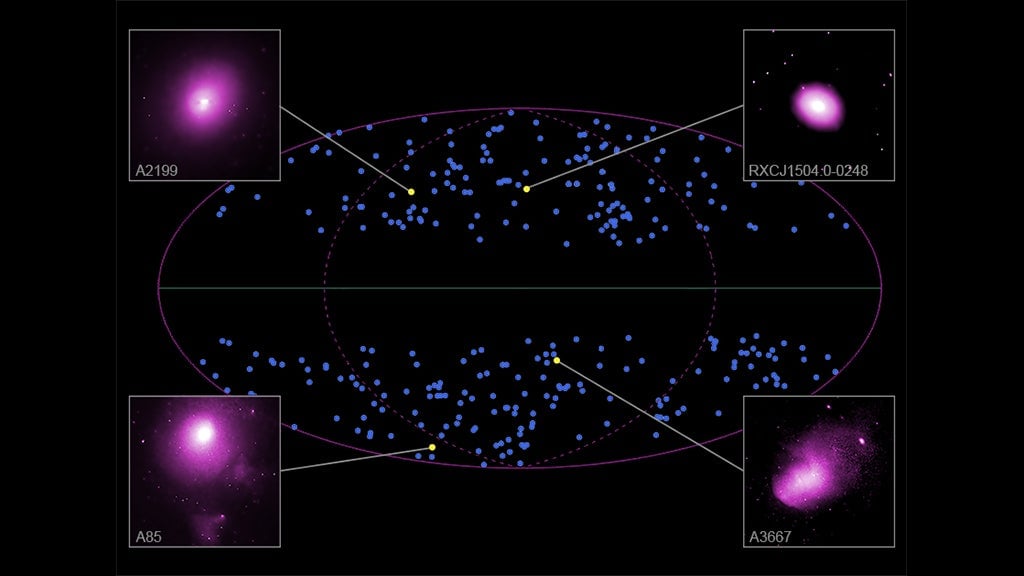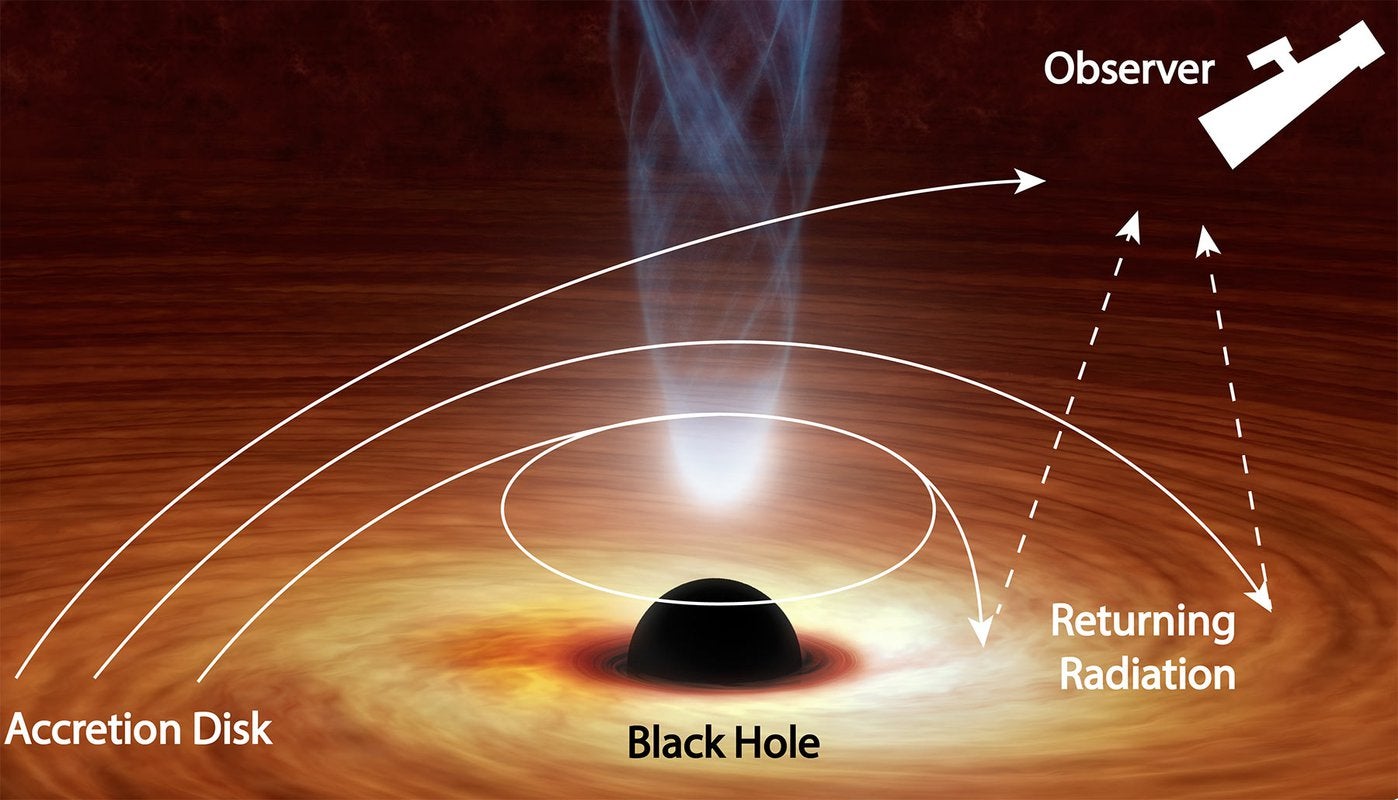After nearly a century of research, scientists have finally captured an image of an exciton’s structure, offering a glimpse into the elusive behavior of electrons within these tiny, short-lived quantum objects. This groundbreaking achievement could pave the way for advancements in quantum technologies and the creation of novel states of matter.
Excitons form within semiconductors and insulators when light particles (photons) are absorbed. This absorption energizes electrons, causing them to jump to higher energy levels and leave behind positively charged “holes.” The electron and its corresponding hole become bound together, orbiting each other to create a neutral exciton. This state is transient; the electron quickly returns to its original position, emitting a photon in the process.
For decades, researchers have been limited to studying the optical signatures of excitons, such as the light emitted upon their recombination. Direct observation of their internal structure, including the electron’s movement and momentum, remained a theoretical challenge. This is due to the wave-particle duality of electrons, which makes it impossible to determine both their location and momentum simultaneously. The best representation of an electron’s position within an exciton is a “probability cloud,” indicating the likelihood of finding the electron at different points around the hole.
Building on their previous research on measuring exciton momentum, the research team employed a novel technique to map the exciton’s wave function. This function describes the shape and size of the exciton. They used a two-dimensional semiconductor wafer, just a few atoms thick, and exposed it to laser light to stimulate exciton formation. Subsequently, they used high-energy photons to break apart the excitons, liberating the electrons. An electron microscope then tracked the trajectories of these ejected electrons.
This process, reminiscent of high-energy particle collider experiments, allowed the researchers to reconstruct the excitons’ structure by analyzing the electrons’ escape patterns. The resulting image reveals the exciton’s probability cloud, showcasing the regions where the electron is most likely to be found around the hole.
This ability to visualize the internal dynamics of excitons represents a significant leap forward. It offers unprecedented potential to understand, measure, and control these composite particles, potentially leading to the development of new quantum states of matter and innovative technologies based on these principles.
The visualization of the exciton probability cloud provides valuable insights into the quantum mechanics at play within semiconductors. This understanding could lead to improved designs for semiconductor-based technologies. While these observations currently require extremely low temperatures, advancements in recent years have gradually increased the temperature range for exciton studies. As research continues, further breakthroughs are expected, enriching our understanding of these fundamental quantum phenomena and unlocking their full technological potential.



